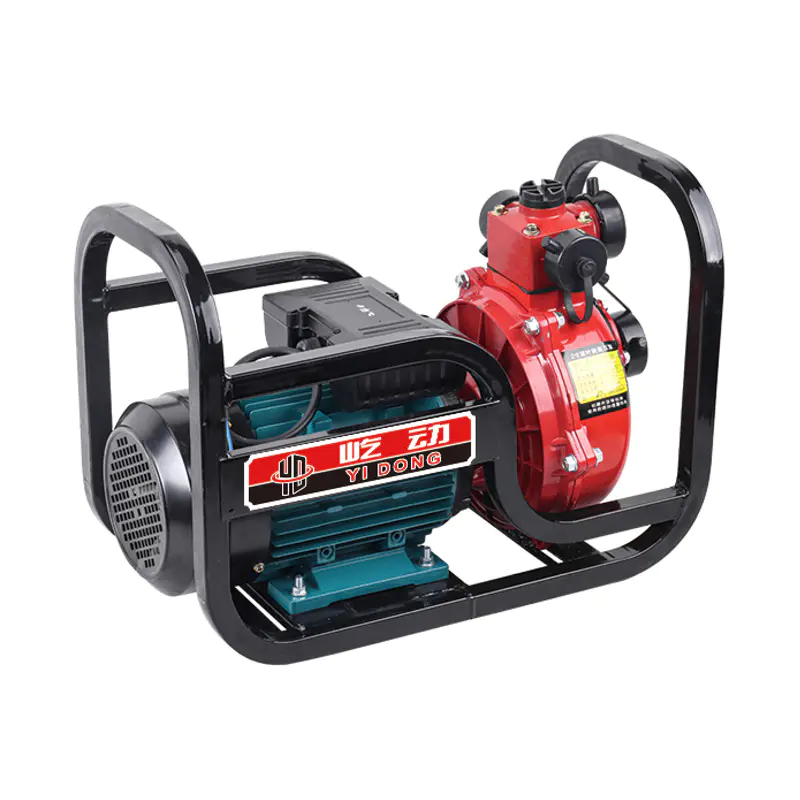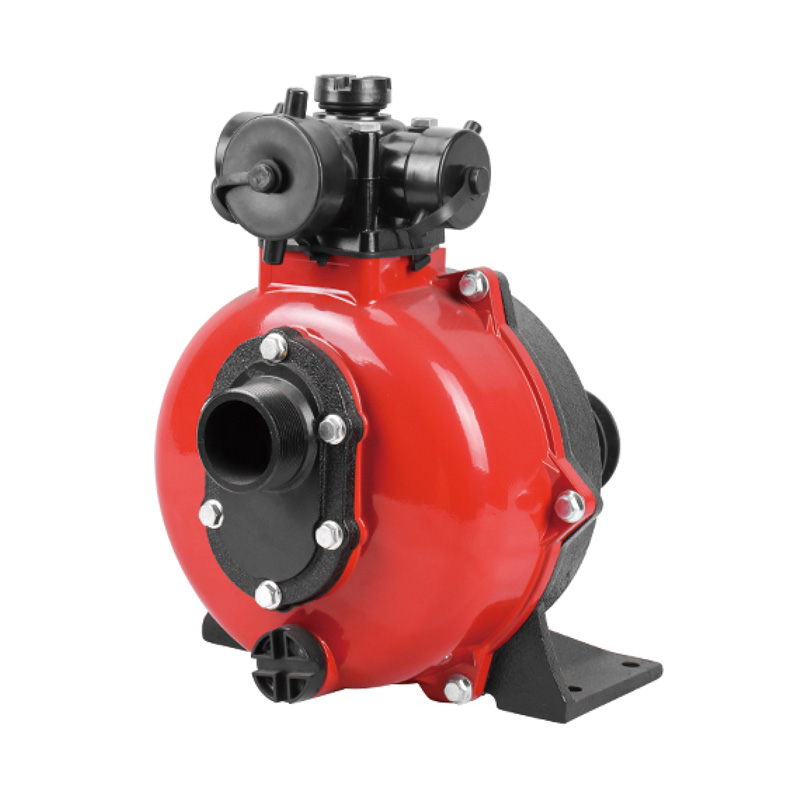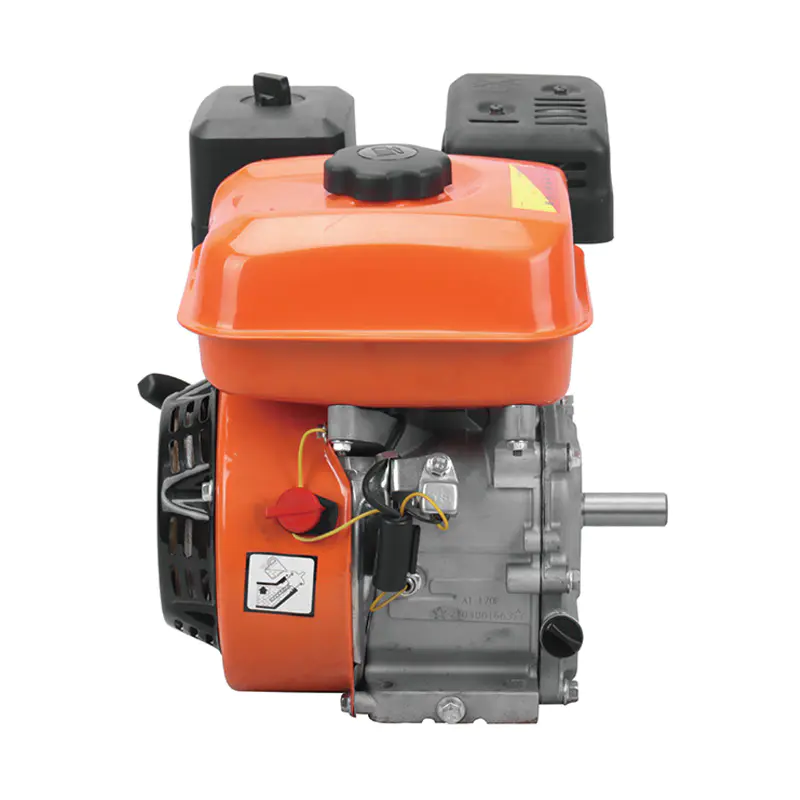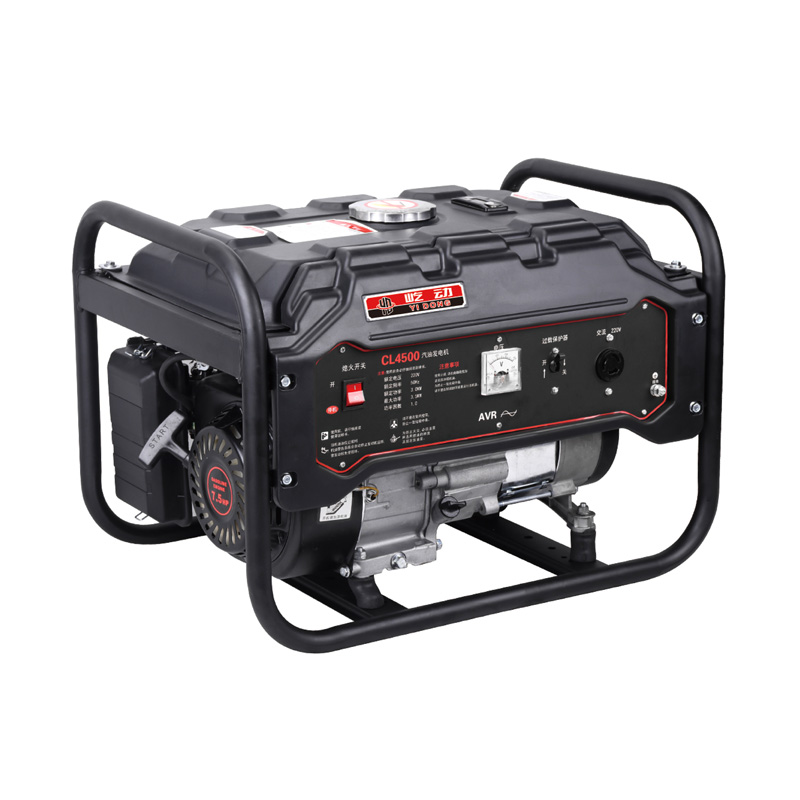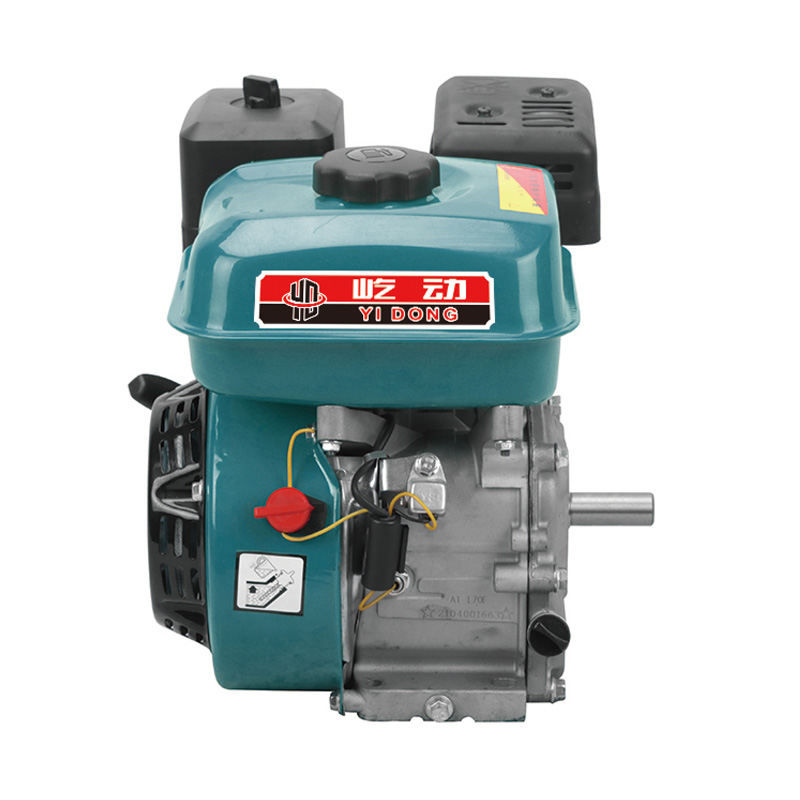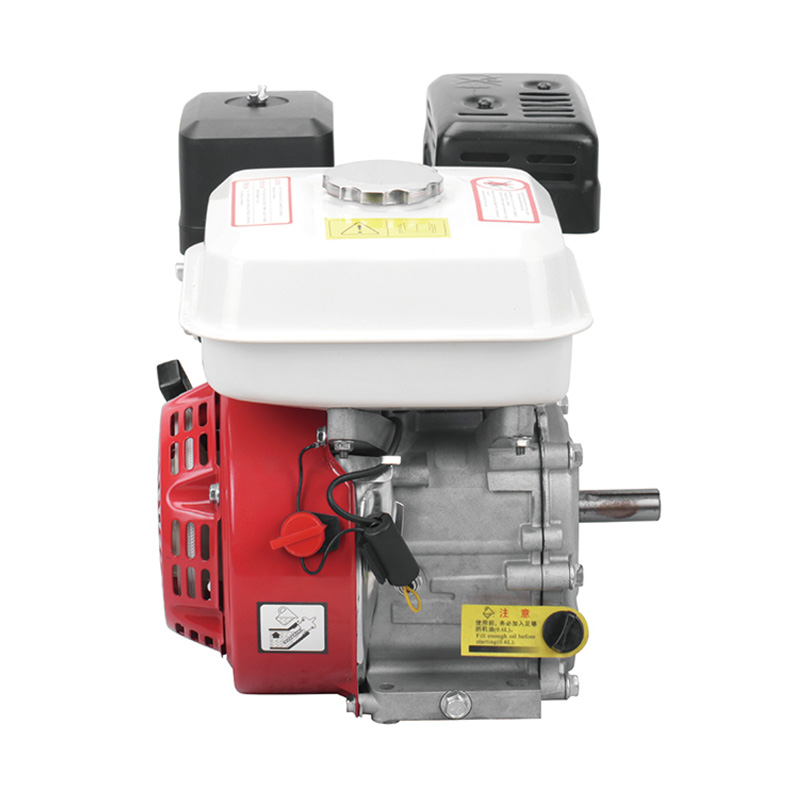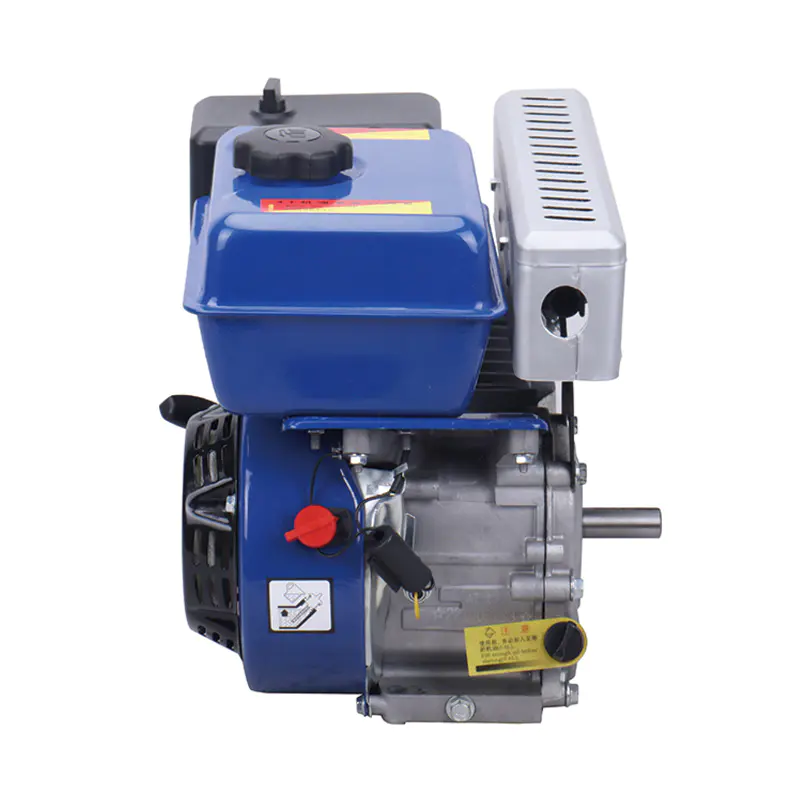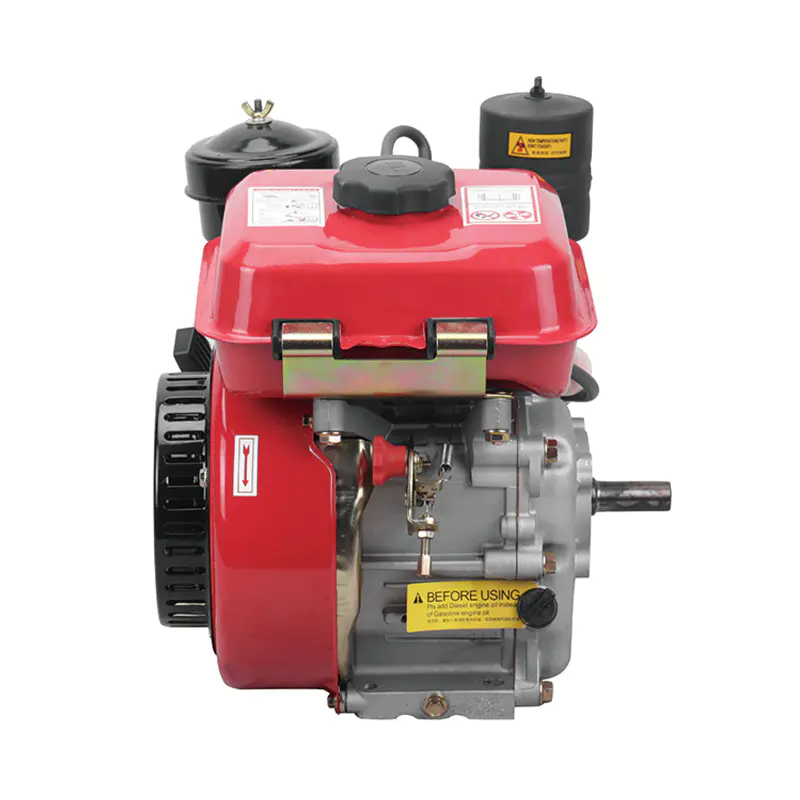The electric water pressure pump is a vital component in many households and industrial settings, ensuring a steady supply of water at the required pressure. Despite their robust construction, these pumps are subject to wear and tear over time.
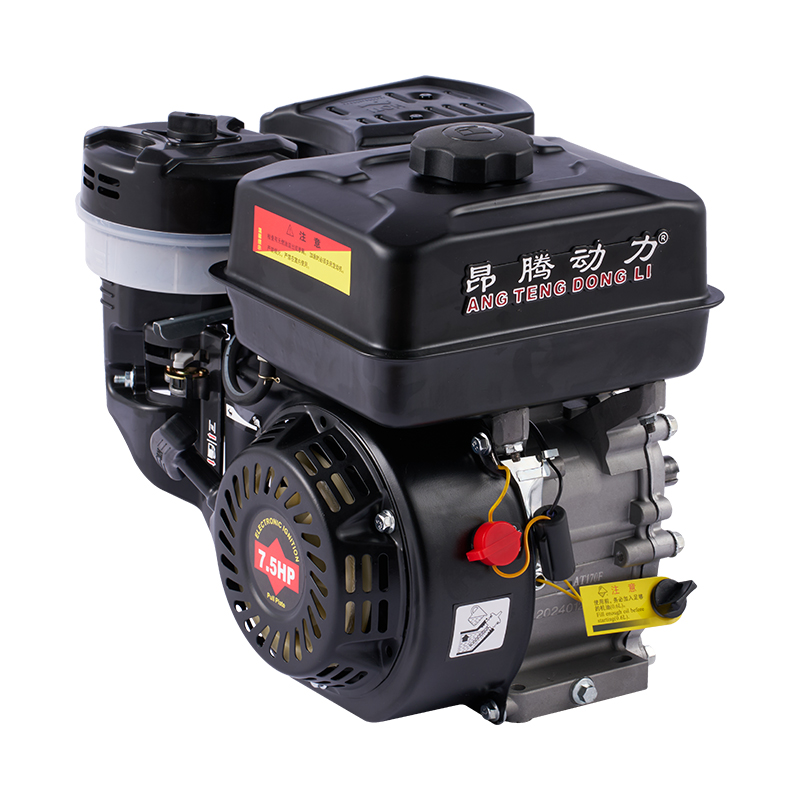
Identifying the Signs of Wear and Tear
Electric water pressure pumps are susceptible to a variety of wear and tear issues, which can be broadly categorized into mechanical, electrical, and operational problems.
1. Mechanical Wear: The mechanical components of a pump, such as bearings and seals, are prone to wear due to constant operation. Over time, these parts can become less effective, reduced performance and potential leaks.
2. Electrical Issues: The electrical components, including the motor and control system, can also suffer from wear and tear. This can be due to voltage fluctuations, overheating, or exposure to moisture, which can motor burnout or circuitry failure.
3. Operational Degradation: The operational efficiency of a pump can decrease due to factors such as sediment buildup in the water, which can cause blockages and increased strain on the pump's motor.
By understanding these potential issues, homeowners and maintenance personnel can take proactive steps to inspect and service their electric water pressure pumps, ensuring they continue to function effectively.
The System Design of a Multistage Centrifugal Water Pump
A multistage centrifugal water pump is a sophisticated piece of equipment designed to handle high volumes of water with varying pressure requirements. The system's design is intricate, combining multiple stages to achieve the desired pressure head. This section will outline the key aspects of a multistage centrifugal water pump's design.
Understanding the Multistage Design
1. Stages and Impellers: A multistage centrifugal pump consists of multiple stages, each with an impeller. These impellers are arranged sequentially, with each stage adding to the pressure of the water as it passes through.
2. Casing Design: The pump casing is designed to direct the water flow efficiently from one stage to the next. It is crucial for the casing to be strong enough to withstand the high pressures generated within the pump.
3. Sealing and Bearings: To ensure smooth operation and prevent water leakage, the pump uses high-quality seals and bearings. These components must be able to handle the high pressures and temperatures within the pump.
4. Drive and Control Systems: The pump is driven by an electric motor, which is controlled by a variety of systems to regulate speed and pressure, ensuring the pump operates within safe parameters.
5. Thermal Management: Due to the high energy input, multistage centrifugal pumps generate significant heat. Proper cooling systems are essential to manage this heat and prevent damage to the pump's components.
By examining these design elements, we can appreciate the complexity and sophistication of multistage centrifugal water pumps, which are engineered to provide reliable and efficient water pressure in various applications.
Electric water pressure pumps and multistage centrifugal water pumps are essential tools in managing water flow and pressure. Understanding the wear and tear of electric water pressure pumps is vital for maintaining their efficiency and longevity. Similarly, the system design of multistage centrifugal water pumps is a testament to engineering innovation, ensuring they meet the demands of high-pressure water supply. By regularly inspecting and maintaining these pumps, we can ensure they continue to serve their purpose effectively.



 English
English русский
русский Français
Français Español
Español عربى
عربى